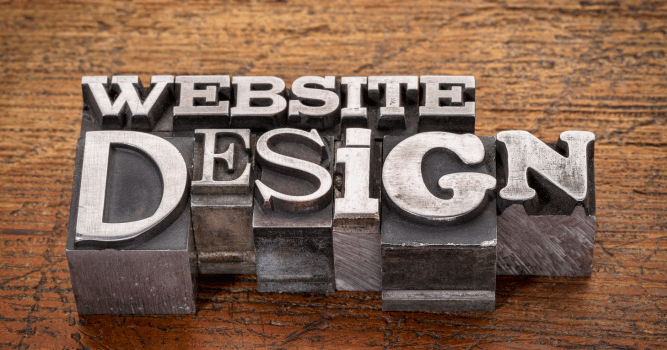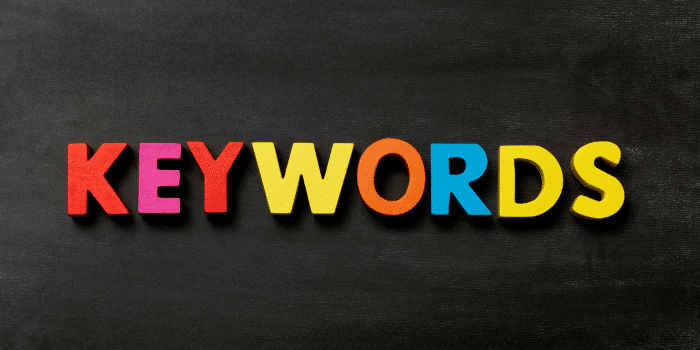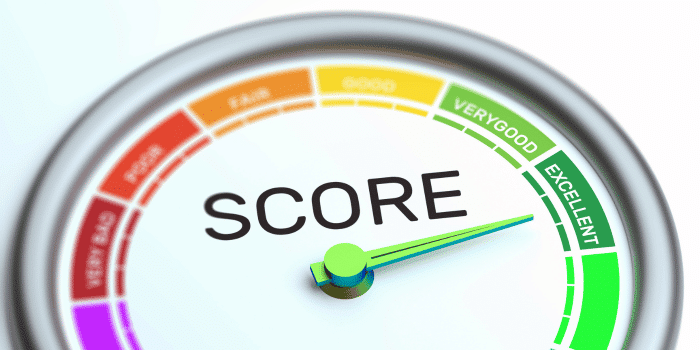In the realm of web design, aesthetics and functionality go hand in hand to create a harmonious user experience. One of the most intriguing aspects of this creative process is the profound influence that colors and fonts wield over user behavior. Welcome to the realm of “Web Design Psychology,” where the art of visual communication meets the science of human perception.
The Sneaky Influence of Colors:
Colors are more than just visual elements; they possess the ability to evoke emotions and shape perceptions. In the context of web design psychology, color choices play a pivotal role in influencing user behavior. Let’s delve into a few key examples:
Emotional Connection:
Different colors evoke different emotions. Warm colors like red and orange can create a sense of urgency or excitement, making them ideal for call-to-action buttons. Cool colors like blue and green, on the other hand, foster a sense of calm and trust, often used in website backgrounds or to convey reliability.
Brand Identity:
Consistent use of colors can reinforce brand identity. Think about iconic brands like Coca-Cola with its bold red or Starbucks with its calming green. Colors become synonymous with the brand and can influence how users perceive its values and offerings.
Visual Hierarchy:
Colors can guide users’ attention. Highlighting important elements with contrasting colors draws focus, directing users to key information, such as promotions, features, or testimonials.
Playing with Letters: The Quirky Quest into Typography Wonderland:
Fonts are more than just text; they’re a visual representation of a website’s personality and tone. Web design psychology understands the psychology of fonts and their impact on user behavior:
Readability and Legibility:
Different fonts can affect how easily users can read and understand the content. Clean, sans-serif fonts are often preferred for body text due to their clarity, while bold and stylized fonts can add character but should be used sparingly.
Trust and Credibility:
Serif fonts, with their classic and traditional appearance, can instill a sense of trust and professionalism. They’re often used by news websites or academic institutions to establish credibility.
Personality and Branding:
Fonts have personalities too. Playful and quirky fonts might befit a children’s website, while elegant scripts could complement a high-end fashion brand. The choice of font should align with the website’s overall message and target audience.
Finding Zen in Design: Juggling Colors and Fonts for the Perfect Website Symphony:
The key to effective web design psychology lies in achieving a delicate balance between colors and fonts. Consider these tips:
Contrast:
Ensure sufficient contrast between text and background colors to enhance readability. High contrast can help important information stand out.
Consistency:
Maintain a consistent color palette and font choices across the website to establish a coherent and professional look.
User-Centric Approach:
Always consider your target audience’s preferences and cultural associations with colors and fonts. A global audience might interpret colors differently based on cultural contexts.
In conclusion, web design psychology demonstrates the profound impact that colors and fonts have on user behavior. By understanding the emotional and psychological triggers associated with these design elements, web designers can craft captivating experiences that resonate with users on a deeper level. A well-executed web design not only delights the eyes but also engages the mind, fostering a strong connection between the user and the digital world they navigate.
Read our previous Blog on- How To Optimize Your Website’s Fonts For Faster Load Time







